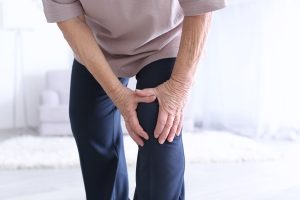 What is Subchondroplasty?
What is Subchondroplasty?
Subchondroplasty (or SCP) is a method where a doctor injects a hard-setting bone substitute into the bone in order to seal up a fracture. When the leg bone, tibia, or knee becomes overstressed with wear and tear, they develop defects such as insufficiency fractures or bone marrow edema (also known as “bone bruises”). These insufficiency fractures are very painful — in fact, much of the pain associated with arthritis in the knee actually results from the fracture, not “bone on bone” changes.
Subchondroplasty is minimally invasive and uses X-ray imaging to monitor the body’s interior in real-time. Using this imaging technique, orthopedic surgeons can find insufficiency fractures in the bone and fill them with a bone graft substitute that spurs growth of actual bone over it. The result is a healed bone and reduced pain in the leg and knee.
10 Things to Know About Subchondroplasty
- An orthopedic surgeon may prescribe medications and rest before opting for this minimally invasive procedure.
- Subchondroplasty is not recommended for patients with BMI greater than 40 or for people with severe malalignment of the knee joint.
- Being overweight and poor diet increase the likelihood of developing bone marrow edema. If your orthopedic surgeon suggests this procedure, they will also recommend lifestyle changes for weight loss to prevent further necessary treatment.
- The hard-setting bone substitute is made of an engineered calcium phosphate mineral compound that mimics chemical structure of human bone. Over time, the compound is resorbed and replaced with new bone.
- Subchondroplasty is an outpatient procedure and only takes about 20 minutes to complete.
- Patients are able to bear weight immediately after their procedure. Crutches may be recommended for 1-2 weeks after the surgery to reduce strain on the healing joint.
- Post-op pain should start to decrease within 24 to 36 hours after subchondroplasty.
- The subchondroplasty procedure is relatively novel and was first introduced in late 2010.
- To regain strength and mobility in the knee, your orthopedic surgeon will recommend physical therapy after the subchondroplasty procedure.
- Future knee replacement is still an option if this procedure is not effective.
If you or someone you know is experiencing leg pain due to insufficiency fractures or bone marrow edema, contact Dr. Stacie Grossfeld at Orthopaedic Specialists. Dr. Grossfeld has about two years of experiencing performing the subchondroplasty procedure and while doing so she has seen excellent results.
For more information and to schedule an appointment with Louisville orthopedic surgeon Dr. Grossfeld, call 502-212-2663. You can also visit either of the Orthopaedic Specialists’ locations in Louisville, KY to get more information and schedule an appointment today.

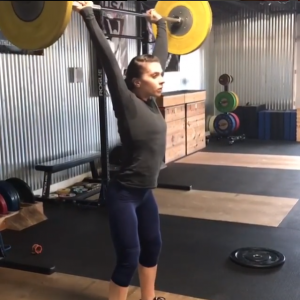


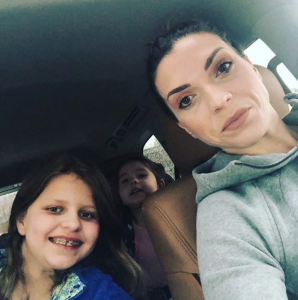
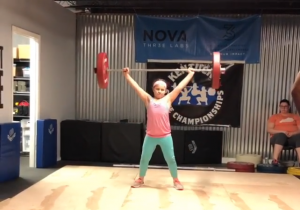
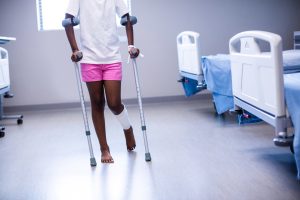 The most common
The most common 
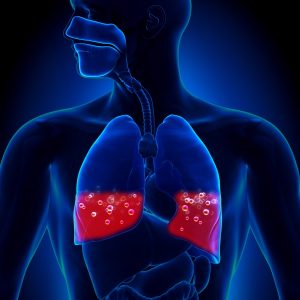 In short, pulmonary edema is a condition where a person’s lungs are prone to filling up with fluid. Because of this, the body then struggles to get enough oxygen. Pulmonary edema is especially risky for people with heart problems. Treatment consists of medications, but there are also surgeries and procedures used to drain the fluid from the lungs. Timely treatment of the condition’s underlying causes improves a patient’s outlook.
In short, pulmonary edema is a condition where a person’s lungs are prone to filling up with fluid. Because of this, the body then struggles to get enough oxygen. Pulmonary edema is especially risky for people with heart problems. Treatment consists of medications, but there are also surgeries and procedures used to drain the fluid from the lungs. Timely treatment of the condition’s underlying causes improves a patient’s outlook.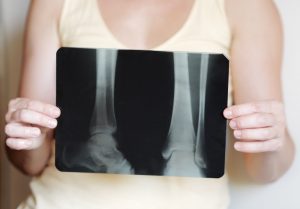 Bone marrow is a spongy tissue located inside bones that is vital for the production of important constituents of the blood such as white and red blood cells. Microscopic fractures in the internal bone structure lead to bleeding and inflammation within the marrow. These abnormalities are called bone marrow edema or “bone bruising.”
Bone marrow is a spongy tissue located inside bones that is vital for the production of important constituents of the blood such as white and red blood cells. Microscopic fractures in the internal bone structure lead to bleeding and inflammation within the marrow. These abnormalities are called bone marrow edema or “bone bruising.” The muscles and tendons that surround and support the shoulder joint in order to reach overhead are called the rotator cuff. Injury to the rotator cuff leads to dull, persistent pain in the shoulder area as well as the neck and even down the arm towards the elbow. Sometimes the area experiences wear and tear with repetitive motions and the injury to the rotator cuff happens gradually over a period. Other times it is the result of a sudden injury like a fall or an intense strain when attempting to lift something heavy. Not all rotator cuff injuries are equal. It’s possible the shoulder pain in the area is simply tendonitis — inflammation or severe irritation in the tendons. A more extreme injury is a partial or full tear that separates the muscles from the bones. In these cases, an orthopedic surgeon may suggest arthroscopic rotator cuff repair as a correction.
The muscles and tendons that surround and support the shoulder joint in order to reach overhead are called the rotator cuff. Injury to the rotator cuff leads to dull, persistent pain in the shoulder area as well as the neck and even down the arm towards the elbow. Sometimes the area experiences wear and tear with repetitive motions and the injury to the rotator cuff happens gradually over a period. Other times it is the result of a sudden injury like a fall or an intense strain when attempting to lift something heavy. Not all rotator cuff injuries are equal. It’s possible the shoulder pain in the area is simply tendonitis — inflammation or severe irritation in the tendons. A more extreme injury is a partial or full tear that separates the muscles from the bones. In these cases, an orthopedic surgeon may suggest arthroscopic rotator cuff repair as a correction. Athletes that participate in contact sports are at a higher risk for conditions like anterior shoulder instability. With overuse or after an injury– such as a dislocated shoulder– the joint stretches and becomes unstable. When the joint capsule is stretched out, it stays that way. This means the shoulder remains unstable and can lead to pain or further injury if not corrected.
Athletes that participate in contact sports are at a higher risk for conditions like anterior shoulder instability. With overuse or after an injury– such as a dislocated shoulder– the joint stretches and becomes unstable. When the joint capsule is stretched out, it stays that way. This means the shoulder remains unstable and can lead to pain or further injury if not corrected. A pediatric orthopedic surgeon is an expert helping children with musculoskeletal issues including problems with bones, joints, back, or muscles. In addition to medical school and an orthopedic surgery residency, pediatric orthopedic surgeons also undergo additional training specifically for pediatrics. They are able to treat children from newborns to teenagers with issues such as limb deformities, spine curvatures, broken bones, infections in the bone or joins, and limping.
A pediatric orthopedic surgeon is an expert helping children with musculoskeletal issues including problems with bones, joints, back, or muscles. In addition to medical school and an orthopedic surgery residency, pediatric orthopedic surgeons also undergo additional training specifically for pediatrics. They are able to treat children from newborns to teenagers with issues such as limb deformities, spine curvatures, broken bones, infections in the bone or joins, and limping.

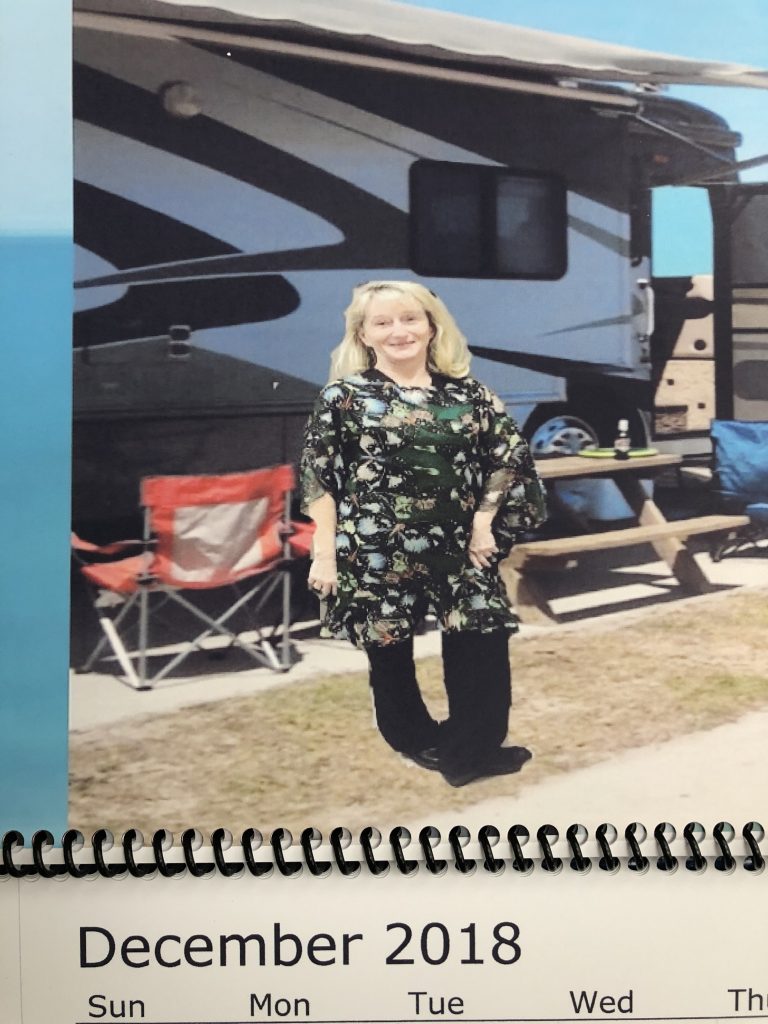
Recent Comments